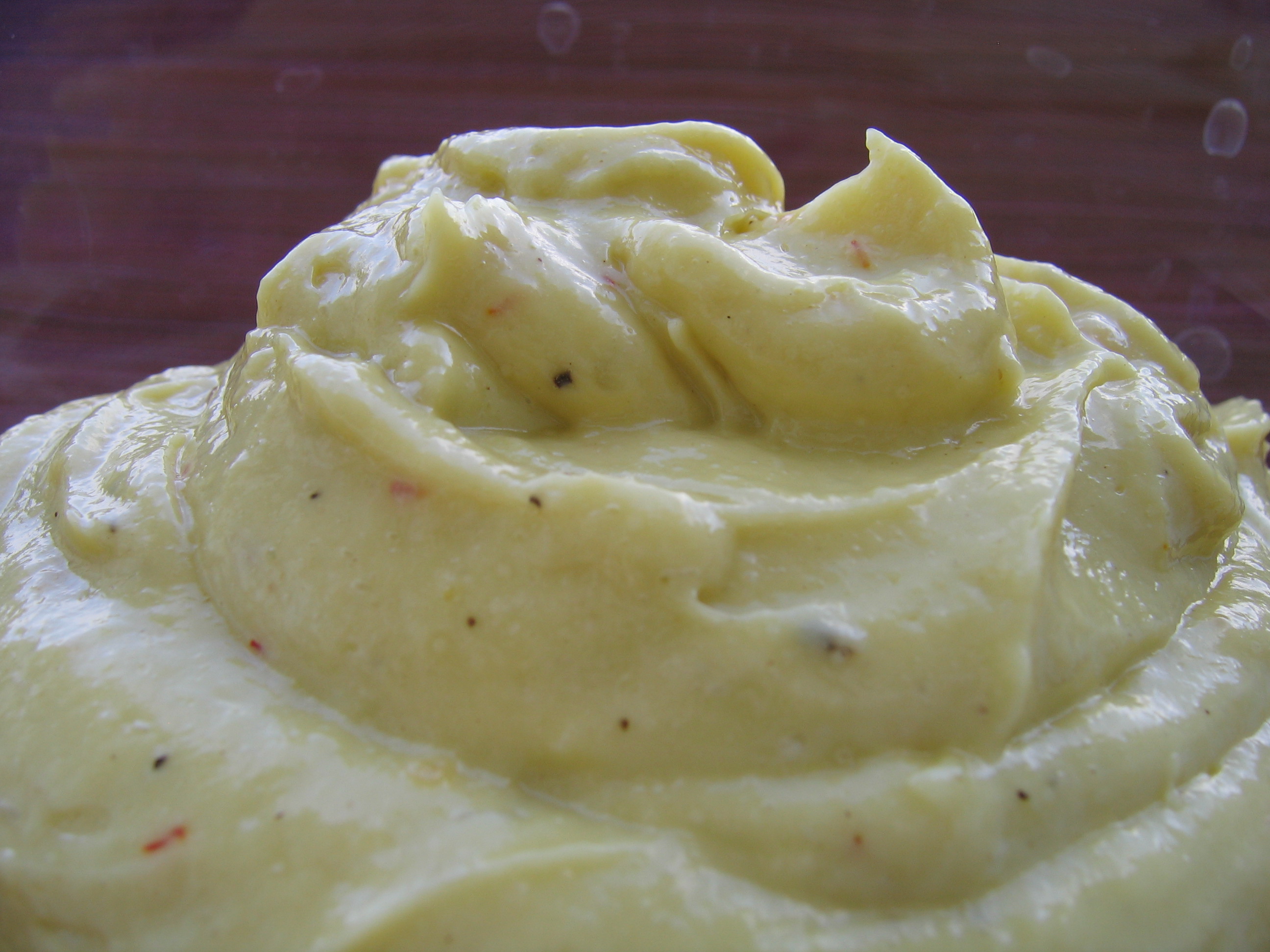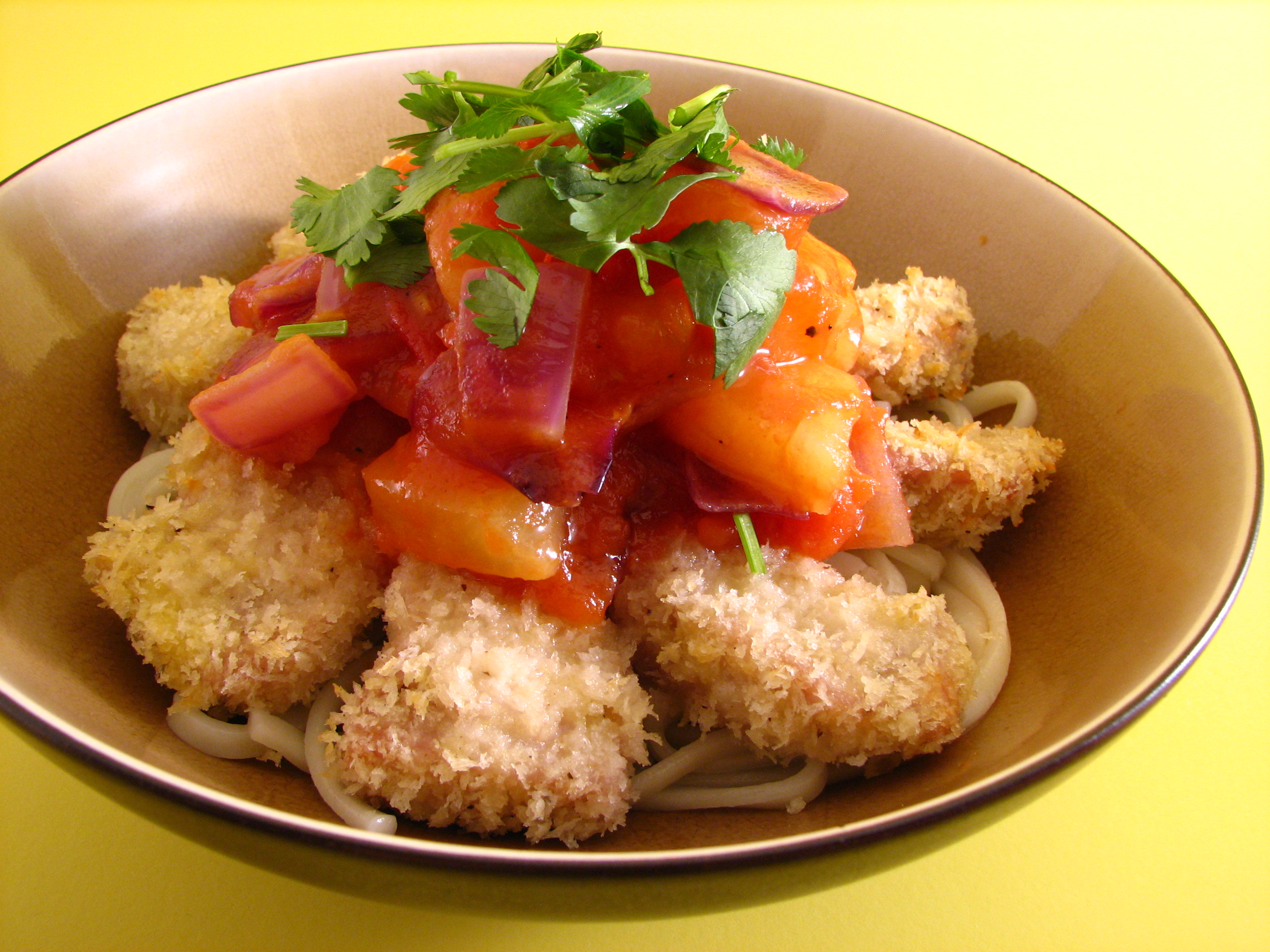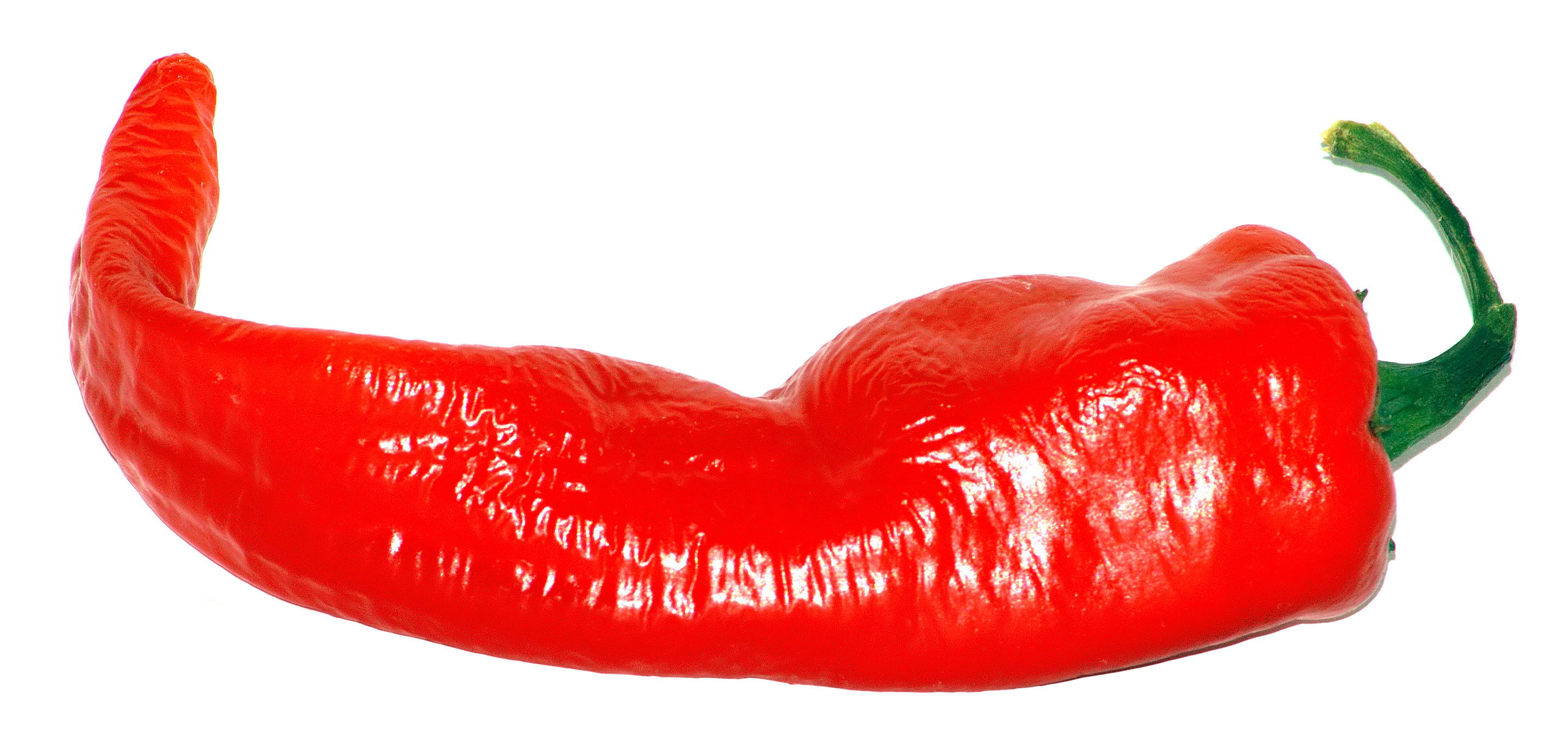|
Rouille
Rouille (; ) is a sauce that consists of egg yolk and olive oil with breadcrumbs, garlic, saffron and cayenne pepper. It is served as a garnish with fish, fish soup and, notably, bouillabaisse. Rouille is most often used in the cuisine of Provence. See also * Aioli *Romesco Romesco () is a tomato-based sauce that originated from Valls, province of Tarragona, in Catalonia. The fishermen in this area made this sauce to be eaten with fish. It is typically made from any mixture of roasted tomatoes and garlic, toasted al ... * Salvitxada References {{reflist French sauces Cuisine of Provence Occitan cuisine ... [...More Info...] [...Related Items...] OR: [Wikipedia] [Google] [Baidu] |
Bouillabaisse
Bouillabaisse (; oc, bolhabaissa, bullabessa ) is a traditional Provençal fish stew originating in the port city of Marseille. The French and English form ''bouillabaisse'' comes from the Provençal Occitan word ''bolhabaissa'', a compound that consists of the two verbs ''bolhir'' (to boil) and ''abaissar'' (to reduce heat, i.e., simmer). Bouillabaisse was originally a stew made by Marseille fishers, using the bony rockfish which they were unable to sell to restaurants or markets. There are at least three kinds of fish in a traditional bouillabaisse, typically red rascasse (''Scorpaena scrofa''); sea robin; and European conger. It can also include gilt-head bream, turbot, monkfish, mullet, or European hake. It usually also includes shellfish and other seafood such as sea urchins, mussels, velvet crabs, spider crab or octopus. More expensive versions may add langoustine (Dublin Bay prawn; Norway lobster), though this was not part of the traditional dish made by Marseille fis ... [...More Info...] [...Related Items...] OR: [Wikipedia] [Google] [Baidu] |
Provence
Provence (, , , , ; oc, Provença or ''Prouvènço'' , ) is a geographical region and historical province of southeastern France, which extends from the left bank of the lower Rhône to the west to the Italian border to the east; it is bordered by the Mediterranean Sea to the south. It largely corresponds with the modern administrative region of Provence-Alpes-Côte d'Azur and includes the departments of Var, Bouches-du-Rhône, Alpes-de-Haute-Provence, as well as parts of Alpes-Maritimes and Vaucluse.''Le Petit Robert, Dictionnaire Universel des Noms Propres'' (1988). The largest city of the region and its modern-day capital is Marseille. The Romans made the region the first Roman province beyond the Alps and called it ''Provincia Romana'', which evolved into the present name. Until 1481 it was ruled by the Counts of Provence from their capital in Aix-en-Provence, then became a province of the Kings of France. While it has been part of France for more than 500 years, it ... [...More Info...] [...Related Items...] OR: [Wikipedia] [Google] [Baidu] |
Cuisine Of Provence
Provence (, , , , ; oc, Provença or ''Prouvènço'' , ) is a geographical region and historical province of southeastern France, which extends from the left bank of the lower Rhône to the west to the France–Italy border, Italian border to the east; it is bordered by the Mediterranean Sea to the south. It largely corresponds with the modern administrative Regions of France, region of Provence-Alpes-Côte d'Azur and includes the Departments of France, departments of Var (department), Var, Bouches-du-Rhône, Alpes-de-Haute-Provence, as well as parts of Alpes-Maritimes and Vaucluse.''Le Petit Robert, Dictionnaire Universel des Noms Propres'' (1988). The largest city of the region and its modern-day capital is Marseille. The Ancient Rome, Romans made the region the first Roman province beyond the Alps and called it ''Provincia Romana'', which evolved into the present name. Until 1481 it was ruled by the List of rulers of Provence, Counts of Provence from their capital in Aix- ... [...More Info...] [...Related Items...] OR: [Wikipedia] [Google] [Baidu] |
Sauce
In cooking, a sauce is a liquid, cream, or semi-solid food, served on or used in preparing other foods. Most sauces are not normally consumed by themselves; they add flavor, moisture, and visual appeal to a dish. ''Sauce'' is a French word taken from the Latin ''salsa'', meaning ''salted''. Possibly the oldest recorded European sauce is garum, the fish sauce used by the Ancient Romans, while doubanjiang, the Chinese soy bean paste is mentioned in '' Rites of Zhou'' in the 3rd century BC. Sauces need a liquid component. Sauces are an essential element in cuisines all over the world. Sauces may be used for sweet or savory dishes. They may be prepared and served cold, like mayonnaise, prepared cold but served lukewarm like pesto, cooked and served warm like bechamel or cooked and served cold like apple sauce. They may be freshly prepared by the cook, especially in restaurants, but today many sauces are sold premade and packaged like Worcestershire sauce, HP Sauce, soy sauce ... [...More Info...] [...Related Items...] OR: [Wikipedia] [Google] [Baidu] |
Olive Oil
Olive oil is a liquid fat obtained from olives (the fruit of ''Olea europaea''; family Oleaceae), a traditional tree crop of the Mediterranean Basin, produced by pressing whole olives and extracting the oil. It is commonly used in cooking: for frying foods or as a salad dressing. It can be found in some cosmetics, pharmaceuticals, soaps, and fuels for traditional oil lamps. It also has additional uses in some religions. The olive is one of three core food plants in Mediterranean cuisine; the other two are wheat and grapes. Olive trees have been grown around the Mediterranean since the 8th millennium BC. In 2019–2020, world production of olive oil was . Spain was the largest producer followed by Italy, Tunisia, Greece, Turkey and Morocco. San Marino has by far the largest per capita consumption of olive oil worldwide. The composition of olive oil varies with the cultivar, altitude, time of harvest, and extraction process. It consists mainly of oleic acid (up to 83%), with ... [...More Info...] [...Related Items...] OR: [Wikipedia] [Google] [Baidu] |
Breadcrumb
Bread crumbs or breadcrumbs (regional variants including breading and crispies) consist of crumbled bread of various dryness, sometimes with seasonings added, used for breading or crumbing foods, topping casseroles, stuffing poultry, thickening stews, adding inexpensive bulk to soups, meatloaves and similar foods, and making a crisp and crunchy covering for fried foods, especially breaded cutlets like tonkatsu and schnitzel. The Japanese variety of bread crumbs is called ''panko''. Types Dry Dry breadcrumbs are made from dry breads which have been baked or toasted to remove most remaining moisture, and may have a sandy or even powdery texture. Bread crumbs are most easily produced by pulverizing slices of bread in a food processor, using a steel blade to make coarse crumbs, or a grating blade to make fine crumbs. A grater or similar tool will also do. Fresh The breads used to make soft or fresh bread crumbs are not quite as dry, so the crumbs are larger and produce a soft ... [...More Info...] [...Related Items...] OR: [Wikipedia] [Google] [Baidu] |
Garlic
Garlic (''Allium sativum'') is a species of bulbous flowering plant in the genus ''Allium''. Its close relatives include the onion, shallot, leek, chive, Allium fistulosum, Welsh onion and Allium chinense, Chinese onion. It is native to South Asia, Central Asia and northeastern Iran and has long been used as a seasoning worldwide, with a history of several thousand years of human consumption and use. It was known to ancient Egyptians and has been used as both a food flavoring and a traditional medicine. China produces 76% of the world's supply of garlic. Etymology The word ''garlic'' derives from Old English, ''garlēac'', meaning ''gar'' (spear) and leek, as a 'spear-shaped leek'. Description ''Allium sativum'' is a perennial flowering plant growing from a bulb. It has a tall, erect flowering stem that grows up to . The leaf blade is flat, linear, solid, and approximately wide, with an acute apex. The plant may produce pink to purple flowers from July to September in the Nort ... [...More Info...] [...Related Items...] OR: [Wikipedia] [Google] [Baidu] |
Saffron
Saffron () is a spice derived from the flower of ''Crocus sativus'', commonly known as the "saffron crocus". The vivid crimson stigma and styles, called threads, are collected and dried for use mainly as a seasoning and colouring agent in food. Although some doubts remain on its origin, it is believed that saffron originated in Iran. However, Greece and Mesopotamia have also been suggested as the possible region of origin of this plant. Saffron crocus slowly propagated throughout much of Eurasia and was later brought to parts of North Africa, North America, and Oceania. Saffron's taste and iodoform-like or hay-like fragrance result from the phytochemicals picrocrocin and safranal. It also contains a carotenoid pigment, crocin, which imparts a rich golden-yellow hue to dishes and textiles. Its recorded history is attested in a 7th-century BC Assyrian botanical treatise, and has been traded and used for thousands of years. In the 21st century, Iran produces some 90% of ... [...More Info...] [...Related Items...] OR: [Wikipedia] [Google] [Baidu] |
Cayenne Pepper
The cayenne pepper is a type of ''Capsicum annuum''. It is usually a moderately hot chili pepper used to flavor dishes. Cayenne peppers are a group of tapering, 10 to 25 cm long, generally skinny, mostly red-colored peppers, often with a curved tip and somewhat rippled skin, which hang from the bush as opposed to growing upright. Most varieties are generally rated at 30,000 to 50,000 Scoville units. The fruits are generally dried and ground to make the powdered spice of the same name, although cayenne powder may be a blend of different types of peppers, quite often not containing cayenne peppers, and may or may not contain the seeds. Cayenne is used in cooking spicy dishes either as a powder or in its whole form. It is also used as an herbal supplement. Etymology The word 'cayenne' is thought to be a corruption of the word ''kyynha'', meaning "capsicum" in the Old Tupi language once spoken in Brazil. It is probable that the town Cayenne in French Guiana is related to ... [...More Info...] [...Related Items...] OR: [Wikipedia] [Google] [Baidu] |
Fish
Fish are aquatic, craniate, gill-bearing animals that lack limbs with digits. Included in this definition are the living hagfish, lampreys, and cartilaginous and bony fish as well as various extinct related groups. Approximately 95% of living fish species are ray-finned fish, belonging to the class Actinopterygii, with around 99% of those being teleosts. The earliest organisms that can be classified as fish were soft-bodied chordates that first appeared during the Cambrian period. Although they lacked a true spine, they possessed notochords which allowed them to be more agile than their invertebrate counterparts. Fish would continue to evolve through the Paleozoic era, diversifying into a wide variety of forms. Many fish of the Paleozoic developed external armor that protected them from predators. The first fish with jaws appeared in the Silurian period, after which many (such as sharks) became formidable marine predators rather than just the prey of arthropods. Mos ... [...More Info...] [...Related Items...] OR: [Wikipedia] [Google] [Baidu] |
Soup
Soup is a primarily liquid food, generally served warm or hot (but may be cool or cold), that is made by combining ingredients of meat or vegetables with stock, milk, or water. Hot soups are additionally characterized by boiling solid ingredients in liquids in a pot until the flavors are extracted, forming a broth. Soups are similar to stews, and in some cases there may not be a clear distinction between the two; however, soups generally have more liquid (broth) than stews. In traditional French cuisine, soups are classified into two main groups: ''clear soups'' and ''thick soups''. The established French classifications of clear soups are ''bouillon'' and ''consommé''. Thick soups are classified depending upon the type of thickening agent used: ''purées'' are vegetable soups thickened with starch; '' bisques'' are made from puréed shellfish or vegetables thickened with cream; cream soups may be thickened with béchamel sauce; and '' veloutés'' are thickened with egg ... [...More Info...] [...Related Items...] OR: [Wikipedia] [Google] [Baidu] |










_-_Soup_(1865).jpg)